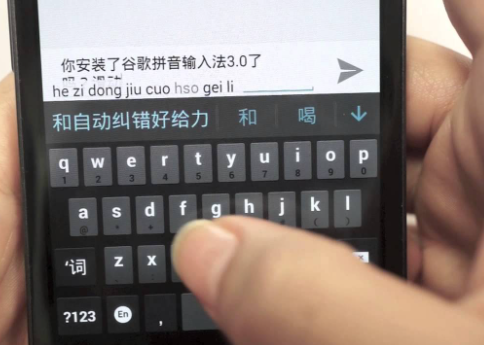The Chinese pinyin input method (中文拼音输入法) has gone through significant development since its creation, modifying how Chinese figures are typed and revolutionizing electronic communication in Oriental-talking areas. Here’s a peek at its development and influence:
Earlier Development: The creation of Pinyin insight techniques extends back for the 1970s, with early solutions relying on time consuming computer programming strategies and constrained functionality. However, as computer technology advanced, Pinyin feedback techniques grew to become more sophisticated and user-pleasant.
Extensive Adoption: The widespread adoption of Pinyin insight strategies in the 1990s and 2000s enjoyed a crucial role from the digitalization of China heroes. Through providing an instinctive and efficient strategy to sort Oriental figures, Pinyin input approaches created personal computers and mobile devices available to Asian speaker systems globally.
Facilitating Interaction: Pinyin input approaches have facilitated communication across linguistic obstacles by empowering Oriental speakers to sort and deliver emails easily and quickly. This has contributed to the globalization of China vocabulary and traditions.
Enhancing Vocabulary Discovering: For China words pupils, Pinyin feedback techniques are priceless instruments for practicing typing and reinforcing vocabulary. The term prediction attribute aids learners affiliate Pinyin spelling with the corresponding heroes, aiding in figure acknowledgement and memorization.
Assistance for Dialects and Minority Spoken languages: Pinyin insight strategies have been tailored to support dialects and minority dialects in China, and helps to preserve linguistic range and promote societal history.
Impact on Modern technology: The creation of Pinyin input techniques has motivated other areas of technological innovation, for example conversation acknowledgement and natural vocabulary processing. Pinyin-structured insight systems act as the basis for sound feedback and text message-to-speech technological innovation in Mandarin Chinese.
Continued Innovation: Pinyin insight approaches still progress with improvements in technologies. Contemporary enter approaches incorporate artificial intellect and equipment discovering sets of rules to further improve expression prediction reliability and consumer practical experience.
In summary, the Chinese Pinyin input approach has revolutionized how Chinese figures are typed and conveyed inside the digital grow older. Its development and effect have not simply facilitated communication and words studying and also contributed to technological innovation and cultural preservation. As technological innovation will continue to advance, Pinyin input methods will probably perform an increasingly important part in shaping the way forward for computerized conversation in Asian-communicating communities.



